
In-depth analysis of research on myalgic encephalomyelitis/chronic fatigue syndrome (ME/CFS).
4 subscribers
How to get URL link on X (Twitter) App

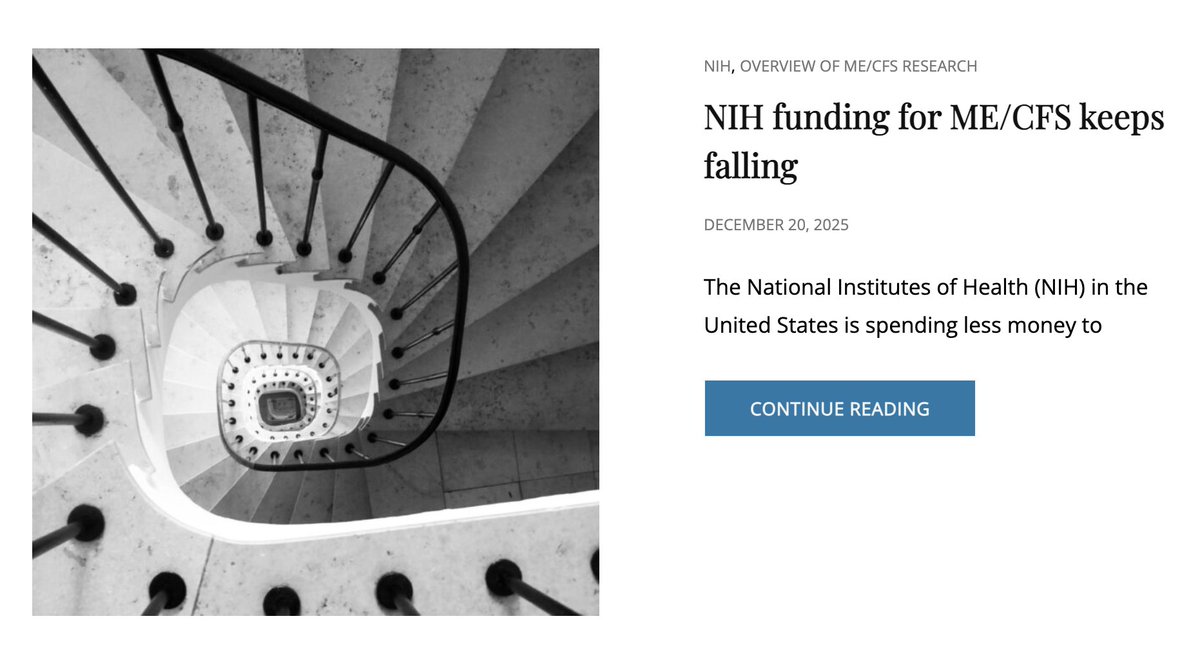
 2) Even if we include funding for Ian Lipkin’s team at Columbia University (which did not appear in the database), the funding still decreased by 7% to $ 9.4 million.
2) Even if we include funding for Ian Lipkin’s team at Columbia University (which did not appear in the database), the funding still decreased by 7% to $ 9.4 million.
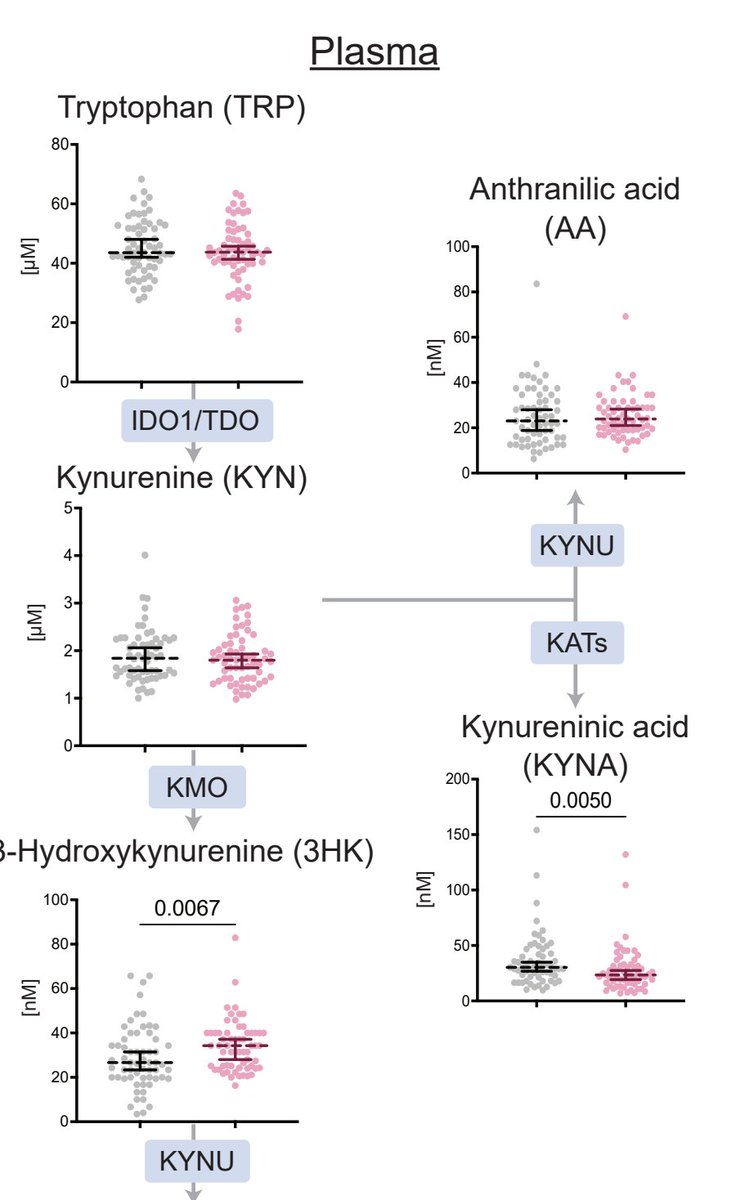
 2) In the white blood cells of patients, the researchers found increased AMP and a lower ATP/ADP ratio, which both hint at an issue with sufficient energy production in immune cells.
2) In the white blood cells of patients, the researchers found increased AMP and a lower ATP/ADP ratio, which both hint at an issue with sufficient energy production in immune cells.
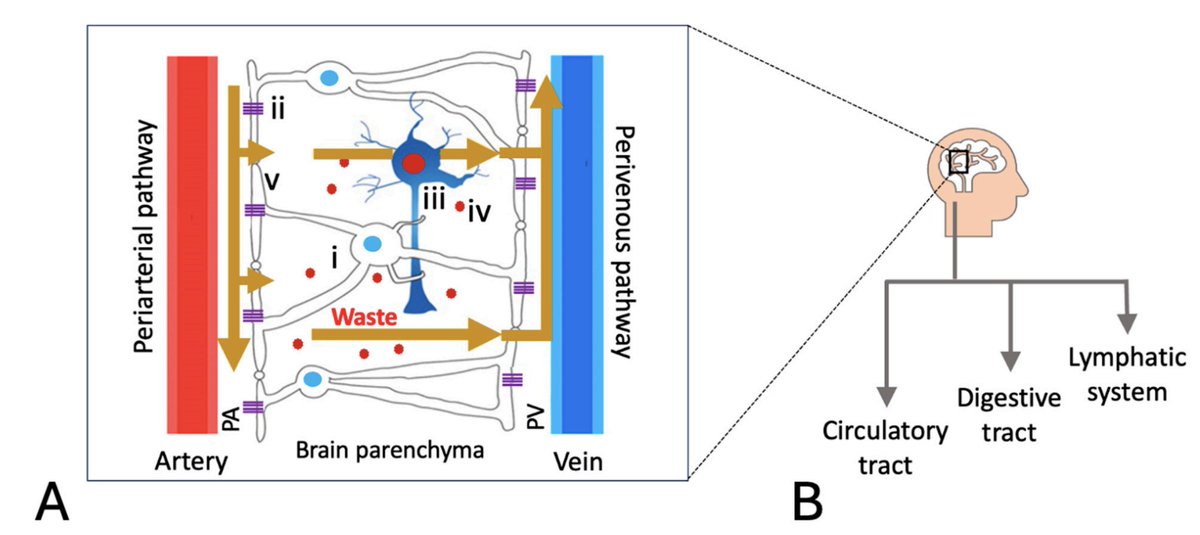
 2) The glymphatic system helps to clear waste products from the brain, similar to the lymphatic system elsewhere in the body. It assists with various clean-up processes, especially during sleep.
2) The glymphatic system helps to clear waste products from the brain, similar to the lymphatic system elsewhere in the body. It assists with various clean-up processes, especially during sleep. 
 2) The study included 79 ME/CFS patients (selected using the Canadian criteria) and 53 controls. Participants underwent 2 exercise tests, and samples were collected at 5 different time points before and between these tests.
2) The study included 79 ME/CFS patients (selected using the Canadian criteria) and 53 controls. Participants underwent 2 exercise tests, and samples were collected at 5 different time points before and between these tests.
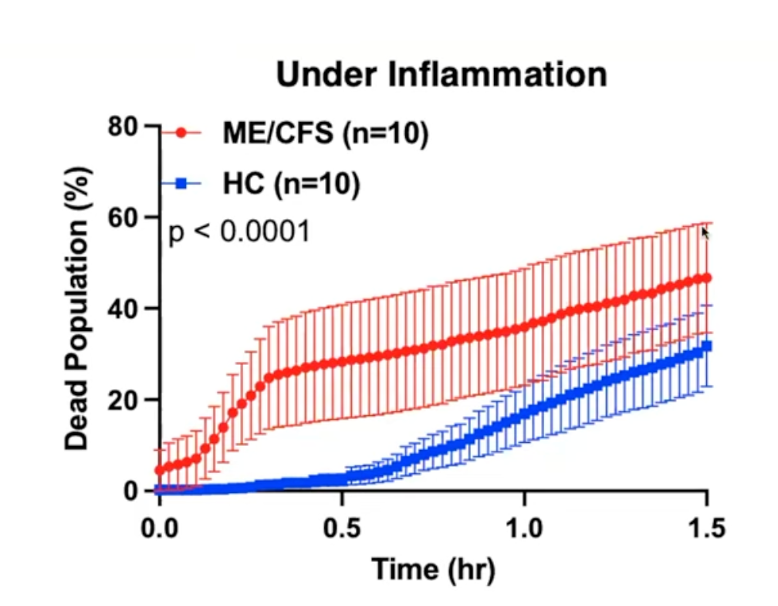
 2) Neutrophils are immune cells that form the first line of defence when there is an infection. The researchers were able to isolate the neutrophils from whole blood, without changing them, and then mimic inflammatory conditions in the lab.
2) Neutrophils are immune cells that form the first line of defence when there is an infection. The researchers were able to isolate the neutrophils from whole blood, without changing them, and then mimic inflammatory conditions in the lab.
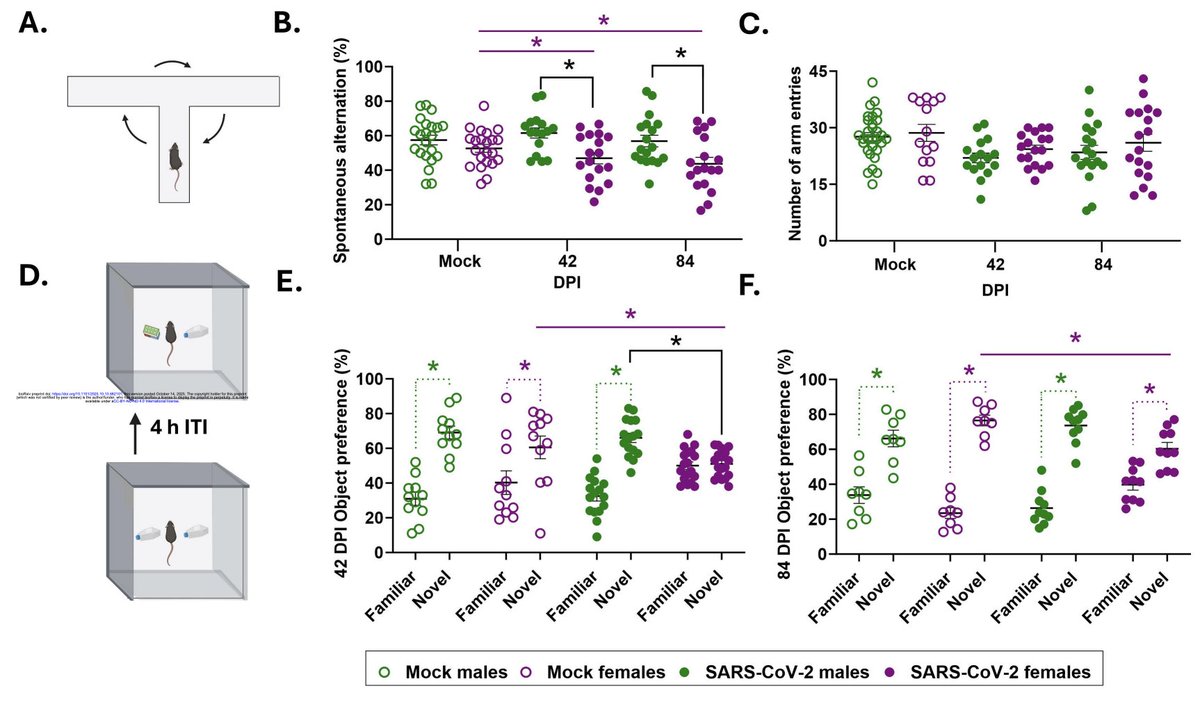
 2) The study tries to answer the paradox of why males are more likely to be severely ill during infection, while females are more likely to develop Long Covid.
2) The study tries to answer the paradox of why males are more likely to be severely ill during infection, while females are more likely to develop Long Covid.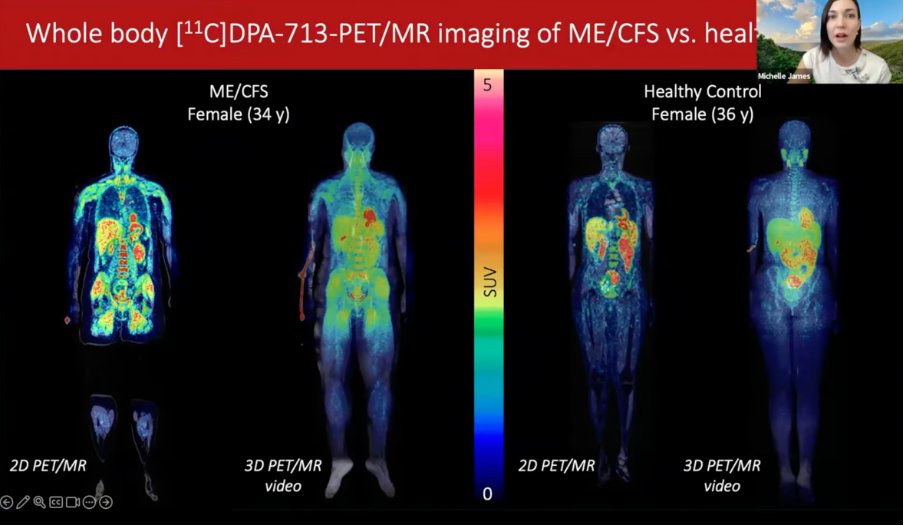
 2) PET scans work by injecting a radioactive molecule into the veins. The scan records annihilation events where a positron leaves the cell and collides with an electron, creating two photons. That signal tells us where in the body the radioactive molecule is binding.
2) PET scans work by injecting a radioactive molecule into the veins. The scan records annihilation events where a positron leaves the cell and collides with an electron, creating two photons. That signal tells us where in the body the radioactive molecule is binding. 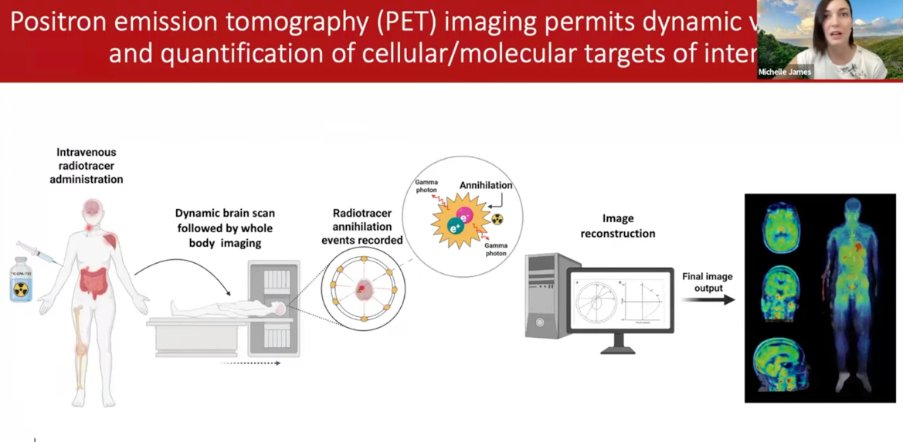

 2) In our view, the clearest signals point to genes such as CA10, SHISA6, SOX6, LRRC7, and DCC, which are involved in neuronal development and communication in the brain.
2) In our view, the clearest signals point to genes such as CA10, SHISA6, SOX6, LRRC7, and DCC, which are involved in neuronal development and communication in the brain.

 2) DecodeME is by far the biggest study on ME/CFS ever done. It may not have caused a big breakthrough, but it adds an important piece to understanding the puzzle of ME/CFS.
2) DecodeME is by far the biggest study on ME/CFS ever done. It may not have caused a big breakthrough, but it adds an important piece to understanding the puzzle of ME/CFS.

 2) In brief: BPS proponents think there is no objectionable pathology in ME/CFS, so they see the disorder as mainly caused by the belief one is ill and the inappropriate resting behavior that follows (sleeping too much, exercising too little, focusing on symptoms, etc.).
2) In brief: BPS proponents think there is no objectionable pathology in ME/CFS, so they see the disorder as mainly caused by the belief one is ill and the inappropriate resting behavior that follows (sleeping too much, exercising too little, focusing on symptoms, etc.).

 2) He thinks there is something in ME/CFS patients that keeps the sickness response alive. And to study the illness and make it visible, one has to put the cells under different types of stress.
2) He thinks there is something in ME/CFS patients that keeps the sickness response alive. And to study the illness and make it visible, one has to put the cells under different types of stress.
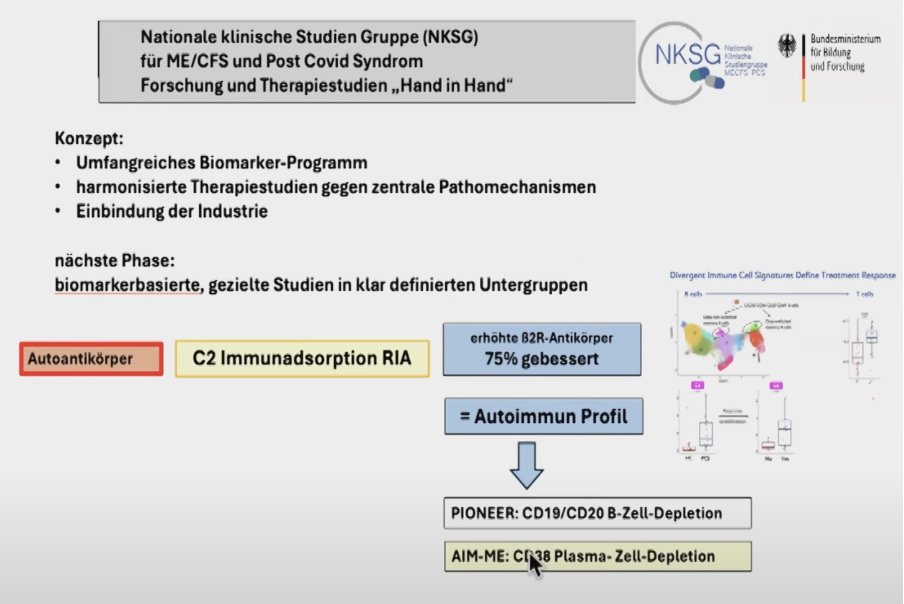
 2) She claimed that immunoadsorption led to an improvement in about 75% of treated ME/CFS patients but that this improvement is unfortunately not sustained. It's not a curative treatment.
2) She claimed that immunoadsorption led to an improvement in about 75% of treated ME/CFS patients but that this improvement is unfortunately not sustained. It's not a curative treatment. 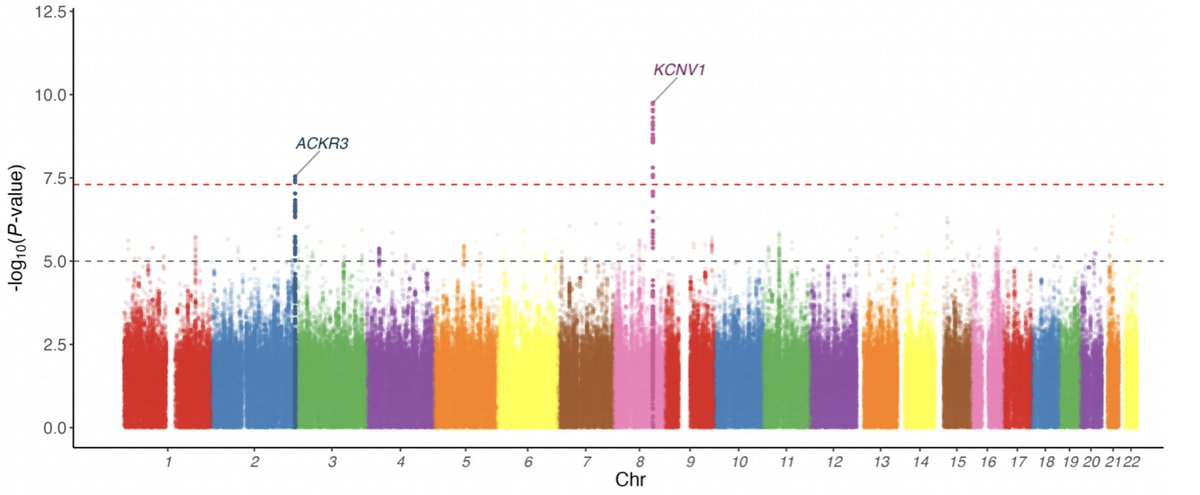
 2) This study had much less participants than DecodeME: only 1815 cases and 5008 controls that came from 3 different cohorts and were added together using a meta-analysis approach.
2) This study had much less participants than DecodeME: only 1815 cases and 5008 controls that came from 3 different cohorts and were added together using a meta-analysis approach.

 2) Some background: in a previous study these researchers found that ME/CFS patients hade more antibody binding to multiple pieces of protein derived from the Epstein-Barr Virus.
2) Some background: in a previous study these researchers found that ME/CFS patients hade more antibody binding to multiple pieces of protein derived from the Epstein-Barr Virus. 
 2) Metformin is mostly known as a drug for type 2 diabetes as it lowers sugar levels in the blood.
2) Metformin is mostly known as a drug for type 2 diabetes as it lowers sugar levels in the blood. 
 @davidtuller1 2) Lipkin explained that in the 1990s, his team looked at whether Bornavirus might be the cause of ME/CFS. They found no evidence of that, but they did see immune activation (nonspecific polyclonal B-cell activation) in a majority of patients.
@davidtuller1 2) Lipkin explained that in the 1990s, his team looked at whether Bornavirus might be the cause of ME/CFS. They found no evidence of that, but they did see immune activation (nonspecific polyclonal B-cell activation) in a majority of patients.

 2) Funding goes to Dr Fatima Labeed (United Arab Emirates University), who authored the initial research, and Dr Jacqueline Cliff, who will host the work in her laboratory at Brunel University of London.
2) Funding goes to Dr Fatima Labeed (United Arab Emirates University), who authored the initial research, and Dr Jacqueline Cliff, who will host the work in her laboratory at Brunel University of London.

 2) Natural Killer (NK) cells are a type of immune cell and have been implicated in ME/CFS for more than 30 years. The most consistent finding is reduced cytotoxicity of NK cells; their ability to destroy other cells.
2) Natural Killer (NK) cells are a type of immune cell and have been implicated in ME/CFS for more than 30 years. The most consistent finding is reduced cytotoxicity of NK cells; their ability to destroy other cells.
 2) The authors used O2 pathway analysis, which breaks down oxygen transport into independent parameters. In ME/CFS and Long Covid patients, the problem seems to lie in the DM parameter, which stands for muscle diffusion capacity (moving oxygen from blood to muscle cells).
2) The authors used O2 pathway analysis, which breaks down oxygen transport into independent parameters. In ME/CFS and Long Covid patients, the problem seems to lie in the DM parameter, which stands for muscle diffusion capacity (moving oxygen from blood to muscle cells).

 2) To trigger post-exertional malaise (PEM), the authors didn't use an exercise test but an inflatable cuff that gives pulsatile compressions to the patient's forearm.
2) To trigger post-exertional malaise (PEM), the authors didn't use an exercise test but an inflatable cuff that gives pulsatile compressions to the patient's forearm. 
 2) There were a lot more ME/CFS studies that measured CBF than we expected: 26 on ME/CFS alone and 11 in both ME/CFS and OI.
2) There were a lot more ME/CFS studies that measured CBF than we expected: 26 on ME/CFS alone and 11 in both ME/CFS and OI.